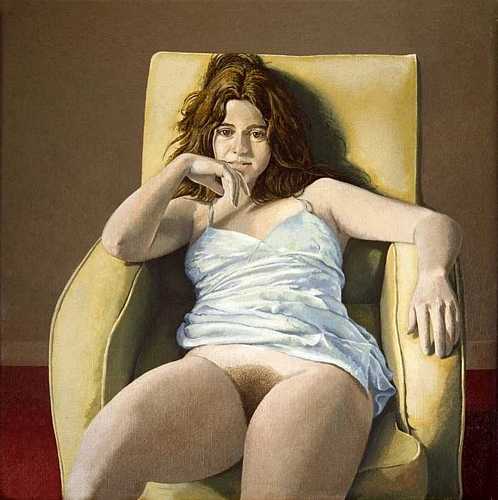3. Subject and style
Friendships with other painters are of considerable importance to David Inshaw, and the shared interests they brought with them, in particular those aspects of English literature, poetry and music which take landscape and nature as their special inspiration; for example Thomas Hardy and Edward Elgar became and have remained especial heroes. lt is also very typical of Inshaw's physically active temperament and his straightforward approach to such things that he should then go out and buy an old car and go and see some of these landscapes himself. Inspired by Hardy he went to Dorset a great deal, physically immersing himself in the landscape as he had emotionally immersed himself in the books, poetry and music. He has described this period in his life in very simple and direct terms as a jigsaw puzzle in which the scattered pieces at last began to fit together and make an increasingly coherent picture.

One of the other important pieces of Inshaw's jigsaw puzzle at this time was Gillian Pollard, whose face appears in so many of the paintings and drawings of the next three to four years. She became the muse of his painting, almost a symbolic figure in whom personal feelings and his deeply held emotions and wonder at the beauty of things seen in nature become inextricably associated and entwined. The Raven, The Badminton Game and She did not turn are the central pictures of this relationship, tracing in a series of mysterious moving symbols the whole story from its uneasy beginnings to its sad farewell. They are paintings full of passionate richness and tender melancholy and a desire to celebrate every part of what it had meant to him.
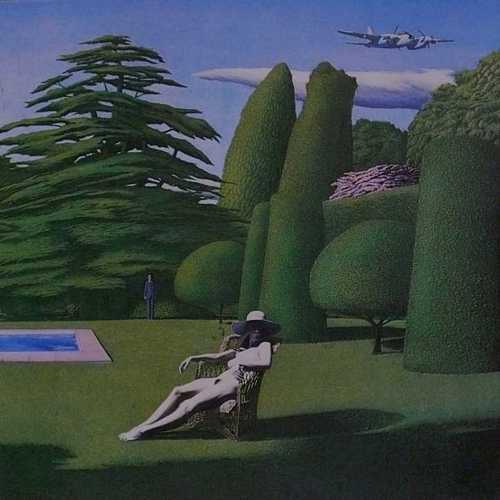
The Raven, though the first of the series, has a curious sense of foreboding and is pessimistic in mood, as though Inshaw was already seeing the end of the relationship before it had barely begun. He had kept rooks as a boy and they had, of course, always flown away. There are other less specific symbols such as the tall dark hedges and brooding sky, both of which create a strong feeling of mental and physical claustrophobia. All, however, are focused in the pensive, anxious look of the girl, staring straight out at the spectator and involving him as well in the conflict of emotions taking place in the painting. It is more direct and less allusive in approach than any of his earlier paintings and this gives the picture a measurably greater power than anything he had previously achieved.
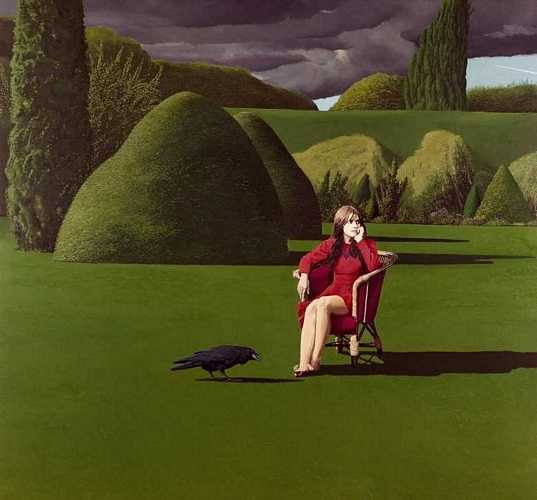
She did not turn takes its title from a Hardy poem and is perhaps the most explicit painting of the series. Based directly on a landscape in the Wiltshire Downs near Devizes where Inshaw had recently gone to live, it is quite simply a painting of farewell. The rainbow, the haystack, the receding downland path, the furrowed fields all painted with astonishing clarity and intensity find the focus of their emotion in the steadfastly receding ghostly figure of the girl, becoming in their turn symbols, not simply of despair, but also of a hope based on a belief in the depth and permanence of all loving human relationships.
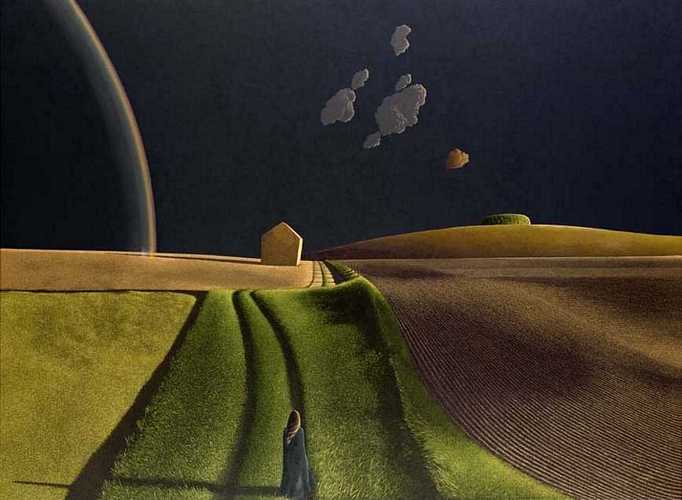
The paintings about Gillian Pollard are perhaps the most striking and successful large paintings of the period, though Our days were a joy and our paths through flowers is an arresting and beautiful image which owes nothing to her particular inspiration. It is set in the graveyard of Shipley Church in Sussex where the composer John Ireland (another hero) is buried, and was painted, partly as the artist commented, 'because it was a nice graveyard' but also to try to convey, as it so touchingly does, the spirit of the Hardy poem which inspired it, in which the poet described how he felt that people buried in a graveyard go on living through the flowers and trees that grow there.
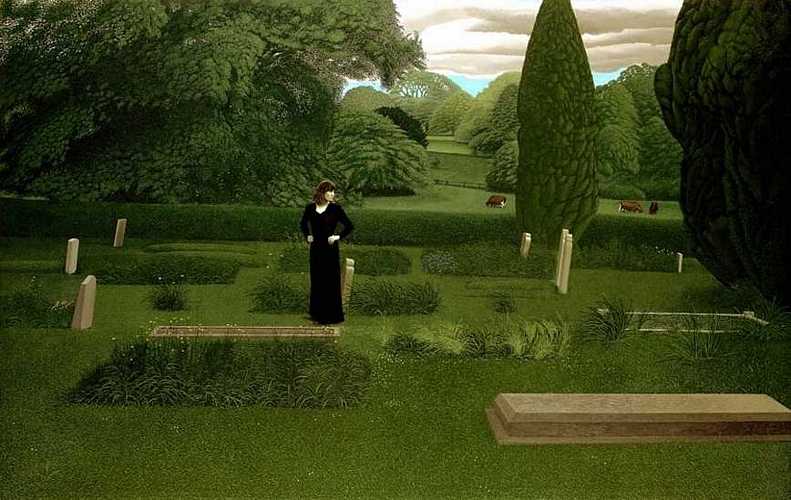
Small paintings were, of course, one part of the process of building the big paintings. Photography and drawing now also became increasingly important aids in this same process. Photographs, no longer used in silkscreen processes, now became a vital means of collecting information and images for his paintings, acting as triggers for ideas to be followed through and executed in paint but no longer capable of bearing a sufficient weight of information for him to justify their more direct inclusion. Paradoxically, over the years he has become a superbly gifted and imaginative photographer, the mood of the paintings quietly feeding back into his photography.
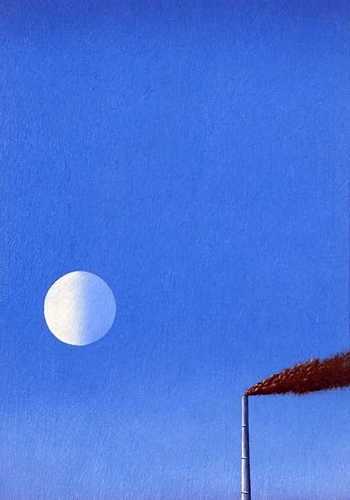
Drawing, previously a rather marginal activity, developed in a more straightforward manner, becoming a means of trying out various compositional ideas before Inshaw committed himself to a large-scale canvas and, on occasion, providing the basis for the photographic sessions he set up in the development of certain paintings, most notably The Badminton Game. They also tend to be very different from the final form they take in his paintings. The best of them, subtle and delicate evocations of people in landscapes, are unexpectedly reminiscent in atmosphere of French eighteenth-century drawings by artists like Watteau and Fragonard. Their mood is distinctively different to that of his paintings and they stand on their own as a quite separate and important part of his output.
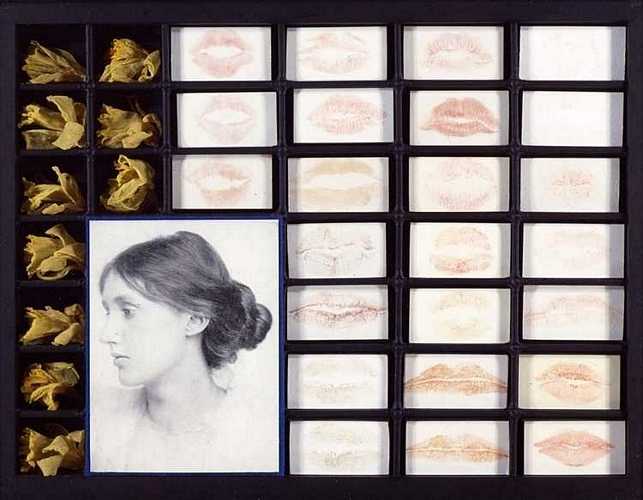
A third and often largely ignored aspect of Inshaw's work during this period, the 'collage constructions', derive directly from the abandonment of the construction process in the paintings themselves. He still felt strongly the need to express, in artistic terms, his love of making things and these collage constructions became the solution. There are not many of them and they have all been kept by the artist who sees them as the most private and inexplicable of all his works. Homage to Virginia Woolf is perhaps the finest and most complex. The closest one can get to a meaning for them is to say that they represent in concrete form a kind of pantheon of heroes, events, journeys, memories and places, each, on its own, too specific to find a place in a painting but nonetheless deserving attention and some recognition of their importance to him.
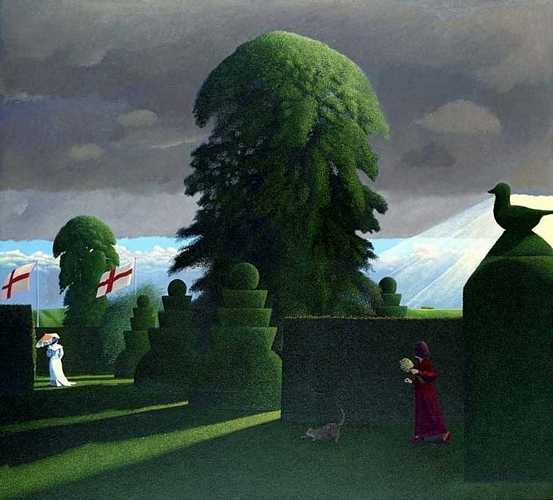
Presentiment derives its title from an Emily Dickinson poem. It is aptly titled for though it was begun before She did not turn it looks forward to another decisive shift in the mood and direction that Inshaw's work was shortly to take. It is a shift which makes She did not turn look, in retrospect, like an elegiac farewell to a way of painting and a period of his life that was slowly coming to an end. Despite the heavy, lowering clouds and the dark and maze-like topiary garden, the mood of the painting is surprisingly hopeful and optimistic with shafts of sunlight ('pinnacles of joy') bursting through the clouds and illuminating a distant, downland landscape. What lies behind it is hard to define except in general terms; the move from Bristol to Devizes to live in the middle of the Wiltshire landscape in a house of his own for the first time in his life; new ties with painters living nearby like Peter Blake, and closer ties with Graham Arnold and his wife Ann who now came and lived near him in Devizes; the new enthusiasm they and others brought with them, in particular the writings of the Wiltshire naturalist Richard Jefferies – all of these played significant parts in shaping this new direction.
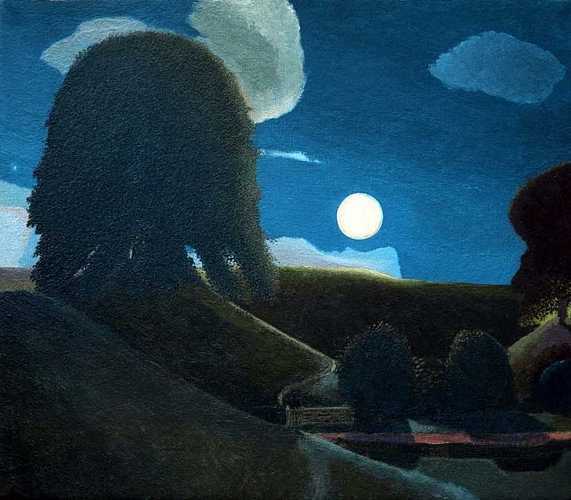
Inshaw's tentatively sensed impressions and aspirations were to take more concrete shape when, with other artist friends, the Brotherhood of Ruralists was formed in 1975. Having its original inspiration in an earlier though short-lived group, the Broad Heath Brotherhood (named after Elgar's birthplace in Worcestershire), the Ruralists' strength and importance has derived not from community living or any attempt to form a common style but rather from a community of shared ideas and enthusiasms. Though they may find very different means of artistic expression, the Ruralists do, nonetheless, all care passionately about the same things and in particular the subject-matter and nature of art, and that, in turn, has given great strength to each member individually.
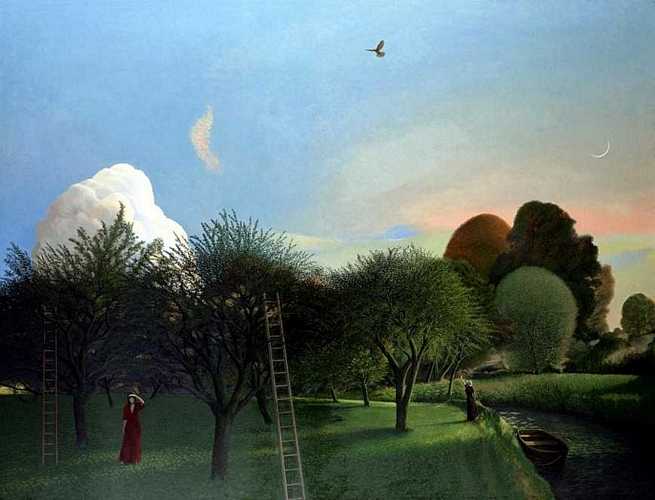
This has been of particular importance to Inshaw, though any assessment of the impact of Ruralist ideas on his work has to some extent to take into account the fact that the Brotherhood's foundation coincided almost precisely with Inshaw's appointment in 1975 as a Fellow in Creative Art at Trinity College, Cambridge. The Fellowship allowed him to paint uninterruptedly, free of any teaching commitments (to which he has gratefully not returned) and free of any real financial worries for a period of two years. It also meant, however, a considerable disruption to his life in Devizes, together with all the problems of absorbing a potentially overwhelming new world of people and ideas. The first few months at Cambridge were restless ones and apart from a few small paintings such as Lovers near Kew Gardens, only The Cricket Game (a nostalgic reference to the Dorset landscape and a game which has always been an abiding passion) was completed during the course of the first year. By the second year he had begun to settle more and his gift for 'enjoying' people made him much liked and appreciated. With renewed confidence he turned his attention to figure painting, notably in The Room in Cambridge and The Letter, and also started and brought to completion the largest of his landscapes to date, The Orchard. Landscape otherwise was mostly on a smaller scale as in such boldly coloured and freely handled paintings as Moon and Alf at Avebury, View from Avebury by full moon and Orchard at Coombe Valley, which are among the most intense and lyrical works he has painted.
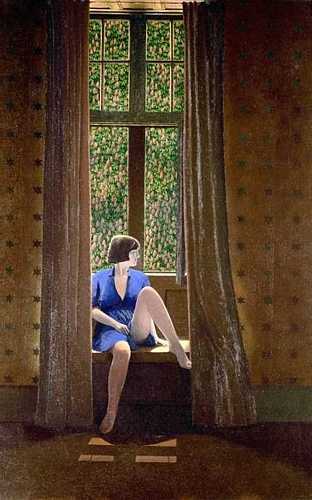
The interior figure compositions, The Room in Cambridge and The Letter, appear to represent a quite new departure in terms of subject matter and treatment. The preoccupations, however, remain very much the same as before. The clouds and topiary gardens of his earlier paintings now become the wails and ceilings of his interiors, while the general suggestion of anxiety in the landscapes now strengthens into a more specifically claustrophobic and erotic mood in which the sexuality, while not overtly hinted at by gesture or pose, is still quite unmistakeable.
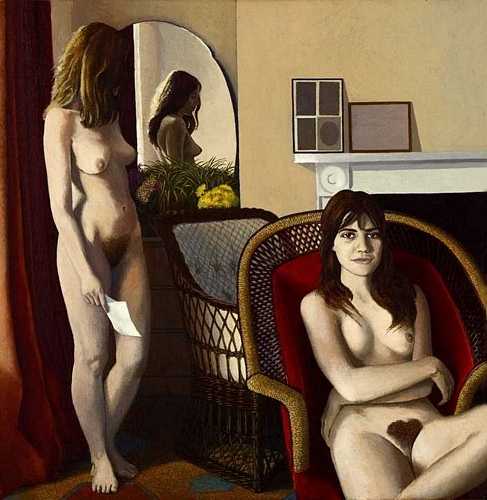
Stanley Spencer and Balthus are freely and enthusiastically admitted influences here, though in no way overwhelming ones. From the passionate and symbolic materialism of the one, and the sensitive exploration of the nature of female sexuality and subtle theatricality of the other, Inshaw draws out images for himself which succeed in conveying an uniquely personal and highly charged eroticism. They are interestingly enough the first painters of an older generation in whom he seems to find the same kind of inspiration that he had previously gained from the work of poets, writers and composers. That inspiration, however, had never just been a question of the words or the music but of personal identification with their lifestyle and attitudes as creative artists. It is the same for him here in the life and work of these two painters who provide paradoxical but nonetheless revealing clues to Inshaw's artistic personality; Spencer, a restless and rather lonely figure, exuberantly celebrating an inextricably bound-up love of nature and women; Balthus, over seventy years old, working quietly and persistently along a path he had worked out for himself nearly forty years before, exploring, in a rather more detached vein, the sources and complexities of female sexuality and, by implication, his own. On another simpler and more profound level they are all very much the same men – individualists who can only find their real existence in painting.
